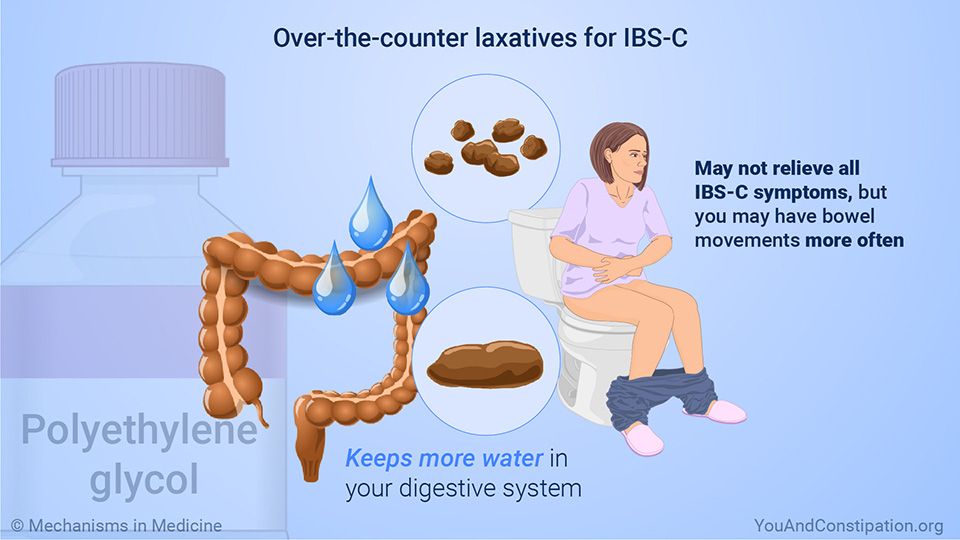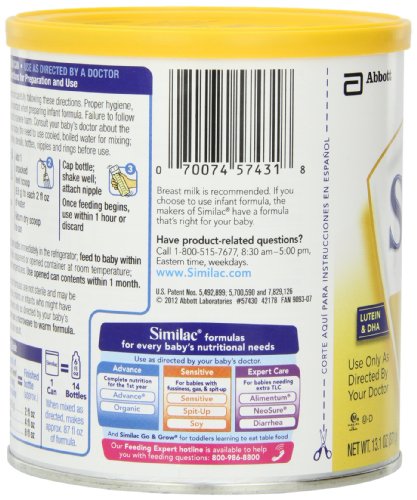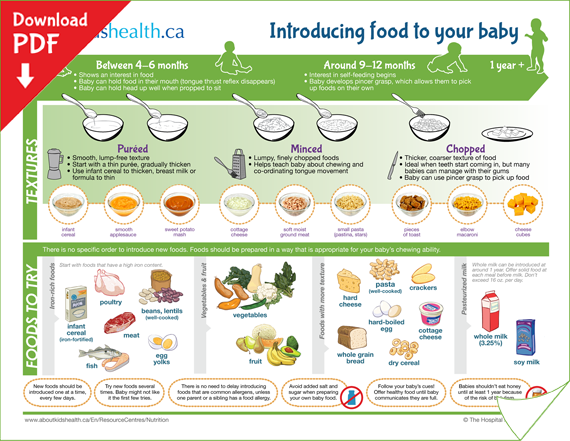What foods cause gas in babies
What You Can Do To Help Your Gassy Breastfed Baby
What are some common culprits behind your baby's gassiness? Learn the signs, foods that may cause gassiness in your baby, and how to soothe and relieve his or her symptoms.
Share this content
As a new parent, it can be stressful and upsetting to see and hear your baby cry. That’s especially true if you've checked off all the usual suspects— dirty diaper, empty belly, discomfort, or over-tiredness —and you still can’t seem to soothe your little one.
Gas is something that many newborns experience, and it can be painful for them! It isn't always the first thing that parents remember to consider, since it's not something easily visible.
Signs Your Breastfed Baby is Gassy
If you suspect excess gas could be the culprit causing your baby’s fussiness, there are several signs that may indicate you are correct:
- Burping. It’s possible your baby has swallowed too much air while nursing or crying for a long period.
- Spitting up. While spitting up is perfectly normal, gas that’s trapped in the stomach can push breast milk back up and cause your baby to spit up.
- Bloated tummy. This could be a sign that gas has built up in your baby’s stomach.
- Flatulence. Every baby toots, but if they’re doing so excessively, it could mean they have excess gas.
- Arched back, legs drawn toward the tummy. The discomfort from gas pains will make a baby try to adjust to alleviate it.
Gassy Baby Causes
Gas in a breastfed baby is not uncommon and can be attributed to several factors:
- Gulping while feeding. If your milk let-down reflex is strong, your baby may gulp your milk to keep up and swallow extra air in the process. If that’s the case, your little one may do better nursing in a more upright position, so he or she has better control over milk intake and flow.
- Introducing a bottle.
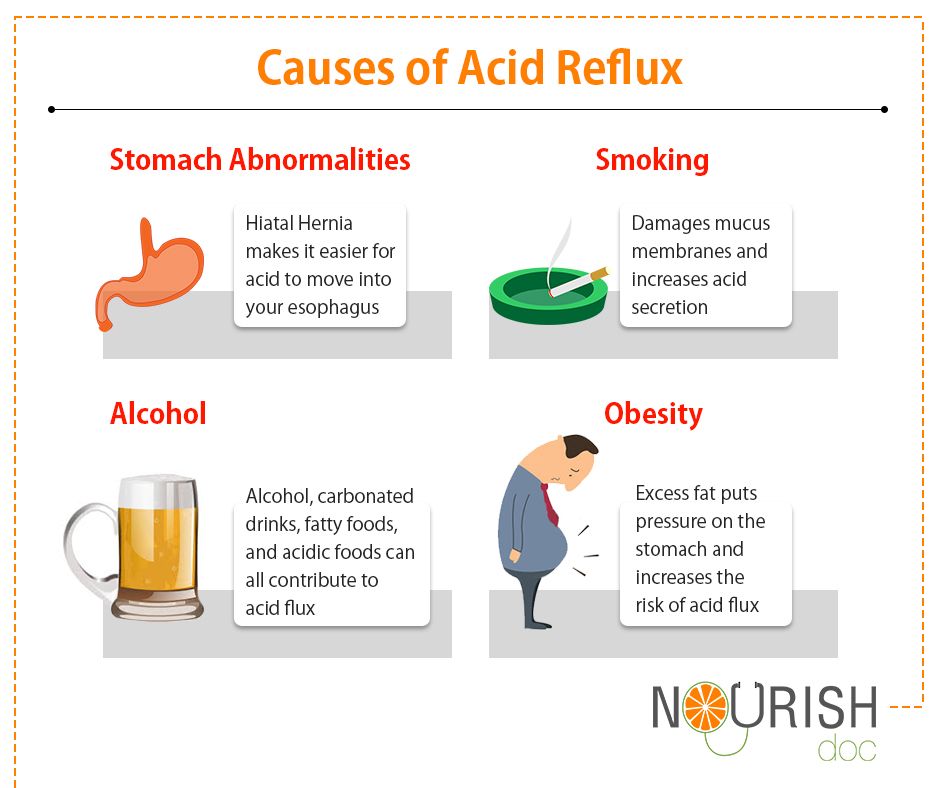 If your baby is used to the breast and you begin feeding with a bottle, it may take some getting used to at first. As a result, he or she may swallow too much air while eating.
If your baby is used to the breast and you begin feeding with a bottle, it may take some getting used to at first. As a result, he or she may swallow too much air while eating. - Constipation. When your baby is constipated, they may have gas trapped in their tummies that they’re having a hard time releasing.
- Crying. If your baby has been crying for a long time, they may be gulping in air in the process.
- Mom’s diet. Food that you’ve eaten can make your baby gassy as well. Certain foods such as dairy, soy or wheat may contribute to gassiness in your little one. Keep a food journal of what you eat to see if you can pinpoint the culprit in your diet.
Foods That Make Breastfed Babies Gassy
Though a baby’s gas is not commonly linked to mom’s diet, there are certain gas-inducing foods that could give both a breastfeeding mom and her baby gas. These include:
- Fiber. Foods like bran, beans, and whole grains.
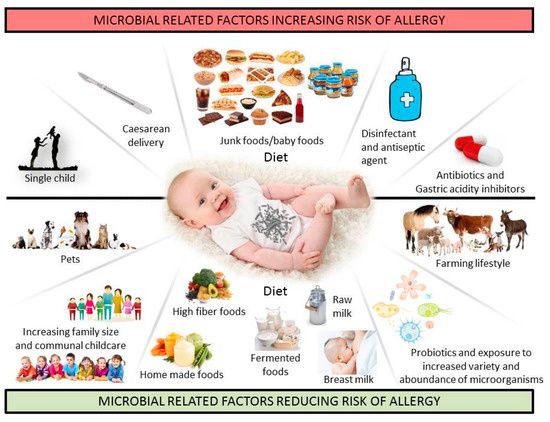
- Fruit. Citrus fruits, prunes, plums, peaches, or apricots.
- Vegetables. Broccoli, cabbage, and Brussel sprouts.
- Garlic. Garlic-seasoned foods like pasta dishes or garlic bread.
- Dairy. Yogurt, ice cream, or milk products.
- Carbonated beverages. If they make you burp, they could make your baby gassy too.
It’s not necessary to give up all your favorite foods when pregnant and/or breastfeeding. Health experts recommend only making dietary changes if you see a direct connection between something you’ve eaten and your baby's gassiness.
Additionally, if you’re still breastfeeding after your little one begins solids or finger foods, it’s easier to detect what food might be the culprit and then eliminate it.
Relieving Gassy Babies
There are several effective ways to help relieve your baby’s gas pains and soothe them. Try a combination of these to find what works best for your little one.
- Burp twice. Try to coax two burps out of your baby instead of just one.
- Sit upright. Hold your baby in an upright position while burping. This makes it easier to expel gas.
- Tummy time. Laying your baby on their tummy will help to push gas out.
- Bicycle exercises. Put your baby on his or her back and move their legs in a pedaling motion, similar to cycling on a bike. This helps with constipation as well.
- Massage the tummy. A gentle massage can help move gas out.
- Adjust baby’s latch. Make sure your baby is latching correctly to avoid swallowing too much air.
Don't worry, mama - Gas is typically a normal occurrence and most babies experience gassiness from time to time! With some minor adjustments, you can soothe your little one and help them get through the discomfort of gas.
How to Help Baby or Toddler With Gas – Foods to Avoid
Dr. Deena Blanchard
Deena Blanchard
All people pass gas! In fact, it is normal to pass gas anywhere from six to twenty times a day. Additional gassiness is typically not related to a serious health problem and will often resolve without any intervention. When gas becomes painful or bothersome for your little one, it is important to get in touch with your pediatrician.
Gas when Starting Solids
As your little one gets older and you start to introduce solid foods, you may find that certain foods increase gassiness. It is important to differentiate between gas that is painful and gas that is not. If your little one is passing gas frequently but seems happy and playful and without abdominal pain then there is no reason to intervene or make changes.
Foods that break down more slowly, such as beans, cruciferous vegetables (broccoli, cauliflower, kale, etc..), and other high fiber containing foods can cause additional gas. These foods are rich in nutrients and fiber and an important part of your little one’s diet. It may take some time for your little one’s digestive system to adjust to these foods and that is okay. If your baby is in pain, vomiting, irritable or has blood in the stool you should always call your pediatrician.
It may take some time for your little one’s digestive system to adjust to these foods and that is okay. If your baby is in pain, vomiting, irritable or has blood in the stool you should always call your pediatrician.
Making sure your little one is well hydrated as you introduce solid foods and particularly high fiber foods, can minimize gassiness and prevent constipation.
Gas in the Older Infant and Toddler Diet
Common culprits for increasing gas in older children are:
- Fried and fatty foods.
- Beans.
- Vegetables such as artichokes, asparagus, broccoli, brussels sprouts, cabbage, cauliflower, cucumbers, green peppers, onions, peas, radishes, and raw potatoes.
- Fruits such as apricots, bananas, melons, peaches, pears, prunes, and raw apples.
- Wheat and wheat bran.
Keeping a food and symptom log can help determine if specific foods are increasing your child’s symptoms. Symptoms of gas can include, passing gas, bloating, mild abdominal discomfort, and belching. If you are finding certain foods are causing your child to have these symptoms or feel uncomfortable, it is best to discuss this with their pediatrician.
If you are finding certain foods are causing your child to have these symptoms or feel uncomfortable, it is best to discuss this with their pediatrician.
Drinking lots of water and getting regular exercise and movement can help decrease symptoms of gas and bloating. Avoiding carbonated beverages and drinks containing sorbitol or xylitol is another helpful way to prevent gas build up. As always, if you have any concerns and before making dietary changes it is best to talk to your pediatrician.
Sources
American Gastroenterological Association http://www.gastro.org/wmspage.cfm?parm1=689
The American College of Gastroenterology http://www.acg.gi.org/patients/gihealth/belching.asp
American Academy of Pediatrics: “Abdominal Pain.”
American Academy of Family Physicians: “Feeding Problems in Infants and Children.”
Published: February 10, 2020
Last modified: February 10, 2020
Top 7 Foods That Cause Gas and Bloating
Gas in a healthy person occurs on average 5-15 times a day.
 But it happens that the number of such episodes increases or the gases acquire a sharp unpleasant odor.
But it happens that the number of such episodes increases or the gases acquire a sharp unpleasant odor. During social distancing and wearing medical masks, this may not be as noticeable, but it still causes discomfort for many people, especially if accompanied by bloating and pain.
Excessive gas formation is most often associated with nutrition.
Knowing the products that cause this effect helps to remedy the situation. When the undigested particles of some of them enter the intestines, bacteria try to break them down and, in the process, release gases. When gas accumulates, it is released.
Foods high in dietary fiber, such as vegetables and legumes, feed good gut bacteria. In turn, these microorganisms process fibers into useful substances - vitamins and butyric acid. But at the same time, as a side effect, some bacteria emit gases.
Gastrointestinal diseases and certain conditions can also cause increased gas production. Among them are lactose and gluten intolerance, irritable bowel syndrome (IBS).
Content:
- 1. Legumes
- 2. Cruciferous
- 3. Milk and dairy products
- 4. Gluten products
- 5. Products with inulin
- 6. High protein diet
- 7. Artificial sweeteners
This article is published for educational and informational purposes only and should not be used for diagnosis or treatment or as a substitute for professional advice.
Legumes
Photo by Shelley Pauls / UnsplashBeans, lentils, chickpeas, peas and other legumes contain galactooligosaccharides (GOS) and fructans, which are dietary fibers that the human body cannot break down on its own. But intestinal bacteria do an excellent job with this task and love these products very much, but in the process of splitting them, they release gases.
The intensity of gas formation is individual and depends on bacteria: in some people they emit more gases than in others.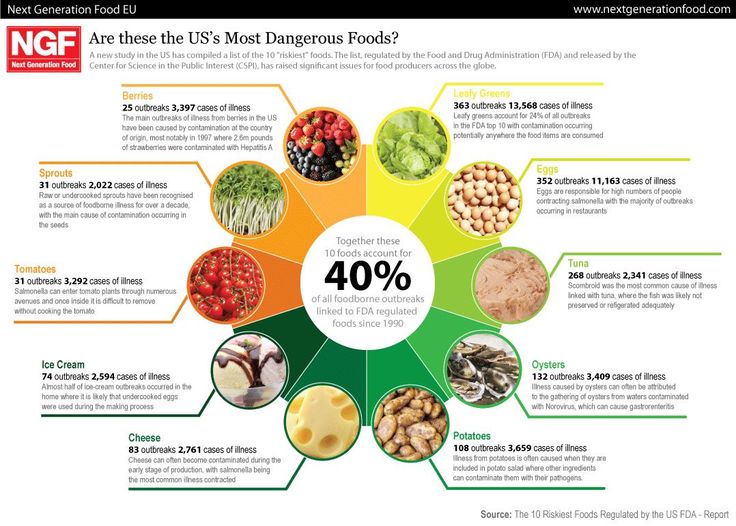 If a lot of plant fibers, including legumes, are sharply added to the diet, gas formation increases, but with the regular use of these products, this side effect is reduced. Because of this, the transition to veganism or vegetarianism is associated with increased gas production.
If a lot of plant fibers, including legumes, are sharply added to the diet, gas formation increases, but with the regular use of these products, this side effect is reduced. Because of this, the transition to veganism or vegetarianism is associated with increased gas production.
People with irritable bowel syndrome (IBS) are more susceptible to gas discomfort, so some nutritionists recommend a diet low in GOS and fructans, including legumes.
If legumes are scarce in your diet, introduce them gradually. To get started, you can add some lentils or a few beans to a salad, or spread some hummus on a sandwich. So you can avoid increased gas formation.
Cruciferous
Photo by Christophe Dion / UnsplashCruciferous vegetables like broccoli and cauliflower are common foods that are associated with bloating and gas. During cooking and chewing, these plants release glucosinolates, sulfur-containing organic compounds.
Research shows that many gut bacteria convert glucosinolates into sulfates and ferrous ions during the fermentation process.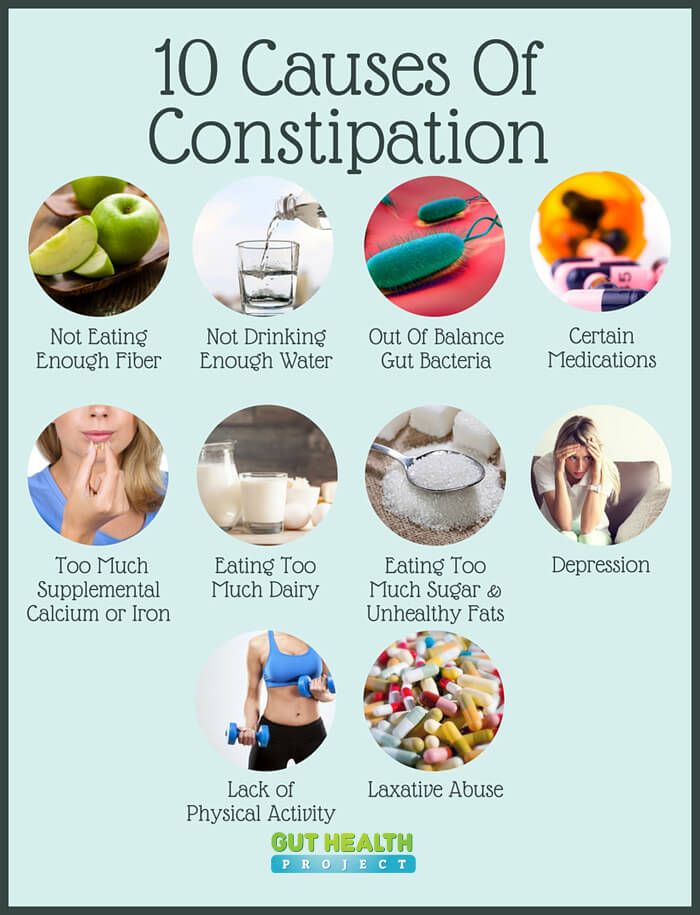 In the future, these substances can turn into hydrogen sulfide, due to which the gases acquire an unpleasant odor.
In the future, these substances can turn into hydrogen sulfide, due to which the gases acquire an unpleasant odor.
On the one hand, glucosinolates feed the probiotic bacteria that naturally inhabit the human gut. These bacteria include Lactobacillus and Bifidobacterium. On the other hand, an intestine with too many sulfate-reducing bacteria like Desulfovibrio , can increase the production of hydrogen sulfide, which causes a particularly bad smell.
With the Atlas Microbiota Test, you can find out if there are too many bacteria in your intestines Desulfovibrio responsible for the production of hydrogen sulfide.
Milk and dairy products
Photo by Anita Jankovic / UnsplashIf you are lactose intolerant, milk and dairy products cause increased flatulence with an unpleasant odor. Lactose is a sugar found in milk and is broken down by the enzyme lactase.
When the body does not produce enough lactase, dairy products can cause diarrhea, abdominal pain, and severe flatulence within 30 minutes to two hours of consumption.
Flatulence - bloating of the abdomen due to the accumulation of gases.
Probiotic intestinal bacteria like Lactobacillus are able to process and absorb lactose. Their high content in the microbiota may reduce the symptoms of intolerance, especially in people whose diets are high in galactooligosaccharides (GOS).
Products containing gluten
Photo by Angelo Pantazis / Unsplash Wheat, barley, rye and their products contain gluten. This is a protein that causes increased gas production in people with celiac disease - gluten intolerance. Ingestion of gluten into the digestive tract of a person with celiac disease causes an autoimmune reaction that is accompanied by bloating and abdominal pain, as well as diarrhea.
Gluten sensitivity without celiac disease is another gluten-related condition in which the protein causes increased gas production, but without damaging the gut. Research shows that certain gut bacteria break down gluten into particles that cause an immune system response, which may be one reason for these side effects.
The only way to reduce your immune system's response to foods with gluten is to eliminate them from your diet. But despite the popularity of gluten-free diets, you should be very careful with them. The symptoms of celiac disease are similar to those of other diseases and inflammations of the gastrointestinal tract, therefore, whole food groups can be excluded from the diet only at the direction of a doctor and under his supervision.
Abruptly cutting out grains can lead to nutritional deficiencies and imbalances in the microbiota. And this can even exacerbate the problem of increased gas formation. Always check with your doctor or dietitian before making major changes to your diet.
The Atlas genetic test will help you find out if you have a predisposition to lactose and gluten intolerance.
High protein diets
Photo by Viktor Talashuk / Unsplash High protein diets such as keto and meat diets are dominated by beef, eggs, pork, fish and poultry. These products contain a lot of sulfur, which, as a result of fermentation by bacteria, turns into hydrogen sulfide.
These products contain a lot of sulfur, which, as a result of fermentation by bacteria, turns into hydrogen sulfide.
Protein Supplements - Protein powders and bars may also contain ingredients that cause excessive gas and bloating. For example, many protein shakes are made with whey from milk, which can cause an unpleasant gastrointestinal reaction in people with lactose intolerance.
Protein bars and shakes also commonly contain low-calorie sweeteners: sorbitol, mannitol, lactitol, xylitol, and food additives that cause flatulence. Also, many protein bars use inulin as a source of fiber, the fermentation of which bacteria releases a lot of gases.
Products containing inulin
Photo by Burhan Rexhepi / UnsplashInulin, a plant fiber that is indigestible by the human body, is one of the favorite treats of good gut bacteria. But, as we wrote earlier, the joy of bacteria is often accompanied by the release of large amounts of gases.
Inulin is a prebiotic that boosts good bacteria like Lactobacillus and Bifidobacteria. It is then converted by intestinal bacteria to butyrate, a fatty acid that supports the health of the intestinal mucosa.
It is then converted by intestinal bacteria to butyrate, a fatty acid that supports the health of the intestinal mucosa.
Inulin improves the absorption of magnesium and calcium, micronutrients that support bone health, nerve and muscle function.
Studies show that it also lowers blood sugar and helps control appetite. However, during the fermentation of inulin, microorganisms also release gases, which can cause bloating and cramps, especially if you eat too much of this fiber. According to studies, the daily intake of inulin for healthy people is 10 grams.
Want to learn more about stomach health?
Download the free microbiome book from the Atlas experts!
Sudden addition of large amounts of fiber, including inulin, is likely to cause bloating and gas. Therefore, any dietary fiber should be introduced into the diet gradually, and over time, side effects in the form of bloating and gas will decrease.
Products containing inulin:
| Product (100 gr) | Inulin content (gr) |
|---|---|
| Chicory root | 35.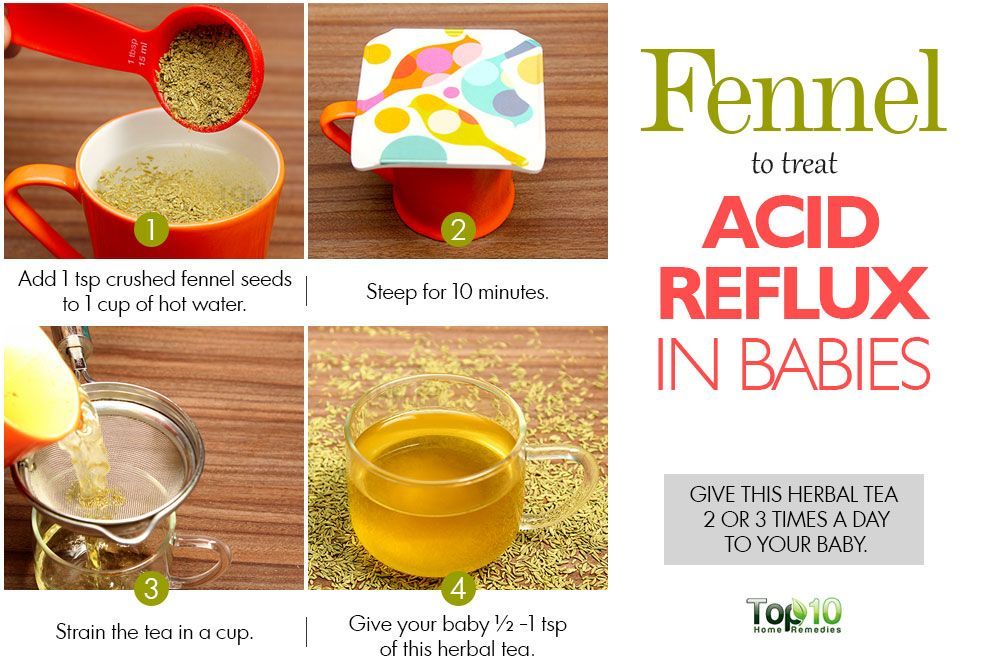 7–47.6 7–47.6 |
| Garlic (dried) | 20.3–36.1 |
| Jerusalem artichoke | 16.0–20.0 |
| Garlic (raw) | 9.0–16.0 |
| Asparagus | 2.0–3.0 |
| Bow | 1.1-7.5 |
| Bananas | 0.3–0.7 |
Remember, fiber should be taken with plenty of water to avoid constipation. Substitute sugar Polyols are sugar alcohols that are not absorbed by the human body. If you get bloated or gas from time to time, it's nothing to worry about and it's most likely related to what you've eaten. However, you should consult a doctor if you experience the following symptoms: The Atlas Microbiota Test helps to assess the level of bacterial diversity in the gut and the ability of microorganisms to break down dietary fiber. The low potential for fiber breakdown may be one of the causes of increased gas and bloating when eating fiber-rich foods. Bloating occurs in many people as a result of eating a number of foods. The condition itself does not pose any threat to health, but causes discomfort and pain. Below are 10 foods that often cause bloating. Beans are rich in protein, carbohydrates, fibre, vitamins and minerals and are part of a healthy diet. However, just because of the high content of fiber and oligosaccharides, they provoke bloating. To avoid this condition, preference should be given to varieties that are easier to digest, such as adzuki, mung bean (mung beans), lentils, quinoa, etc. Soaking beans before cooking can also help reduce their ability to cause gas. 2. Carbonated drinks Carbonated drinks contain carbon dioxide, which is responsible for creating bubbles. This gas enters directly into the digestive tract, where it can cause bloating. Drinking too much of these drinks can also cause other health problems. A study published in the American Journal of Public Health found that sugary sodas increase the risk of diabetes and obesity. Healthier alternatives that do not cause bloating include: Choosing these beneficial options can help eliminate bloating and reduce excess body weight. However, it's a good idea to make sure your drink replacements don't contain a lot of sugar. 3. Wheat Wheat contains a protein called gluten, which can cause bloating, gas, stomach pain, and diarrhea in some people. Bread, pasta and many baked goods contain gluten. Sensitivity to gluten (gluten) can be caused by a disease called celiac disease. Alternatives to wheat that cannot cause bloating include: 4. Rye and barley Both grains are nutritious, rich in fiber and full of vitamins and minerals. However, their high fiber and gluten content can cause bloating in some people. You can replace rye and barley with other grains such as oats and brown rice or gluten-free alternatives. 5. Onion and garlic Onions contain fructans, a soluble fiber that can cause bloating. Fructans are also found in garlic, leeks, agave, wheat, and a number of other foods. Even in small amounts, onions and garlic can cause bloating and other digestive problems. Some people may be allergic to garlic or onions, further increasing the likelihood of bloating, belching, or pain after consuming them. 6. Cruciferous vegetables include cauliflower, broccoli, Brussels sprouts, watercress and many others. These are foods that contain many essential and beneficial nutrients, including vitamins C and K, fiber, and potassium. However, they can cause some unwanted digestive symptoms, including bloating. Cooking cruciferous vegetables makes them easier to digest. Alternatively, people can replace them with other healthy vegetables that are equally rich in vitamins and minerals but won't cause bloating. These include: 7. Dairy products Dairy products are an excellent source of calcium and protein. Some people have a condition called lactose intolerance, which means that their bodies are unable to break down the lactose in dairy products. In this condition, the consumption of products containing lactose will lead to a number of undesirable consequences, including bloating. There are now many alternatives that are allowed for people with lactose intolerance, such as lactose-free, soy, almond, rice or flax milk. You can also eat lactose-free cheeses, yogurt and ice cream. 8. Non-nutritive sweeteners Non-nutritive sweeteners or artificial sweeteners replace sugar in sugary drinks, foods and chewing gum. These include, in particular, sorbitol and xylitol. These sweeteners have no nutritional value and are undesirable for use. Research from BMC Obesity links these sweeteners to unhealthy lifestyles, poor eating habits, and reduced levels of physical and mental health. In addition, non-nutritional sweeteners can cause digestive problems, including gas and bloating. Healthy alternatives to artificial sweeteners and refined and processed sugars include raw honey, stevia, coconut sugar, cinnamon, nutmeg, licorice, and vanilla. 9. Alcoholic drinks Alcohol is a substance that provokes the development of inflammation in the body, including the gastrointestinal tract. Products containing sorbitol chewing gums, some sweets, desserts, ice cream, diabetic products lactitol baked goods, chocolate, confectionery, desserts, chewing gum mannitol confections, jams and jellies, puddings and powdered drink mixes, chewing gum xylitol chewable multivitamins, lozenges, sugar-free gum and certain pharmaceutical preparations (cough syrups) 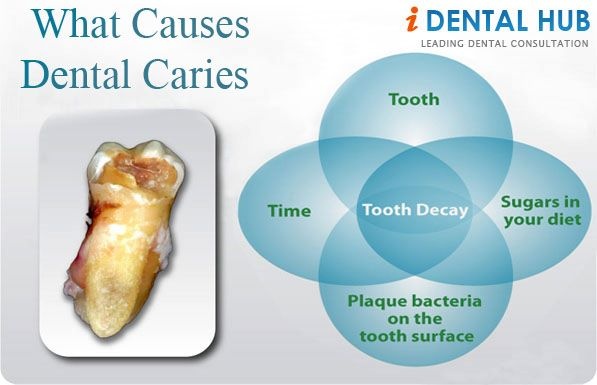 Instead, they are fermented by bacteria in the large intestine, releasing gases in the process.
Instead, they are fermented by bacteria in the large intestine, releasing gases in the process.
More articles about the causes of digestive problems in the blog:
 David R. Linden, Hydrogen Sulfide Signaling in the Gastrointestinal Tract, 2014
David R. Linden, Hydrogen Sulfide Signaling in the Gastrointestinal Tract, 2014 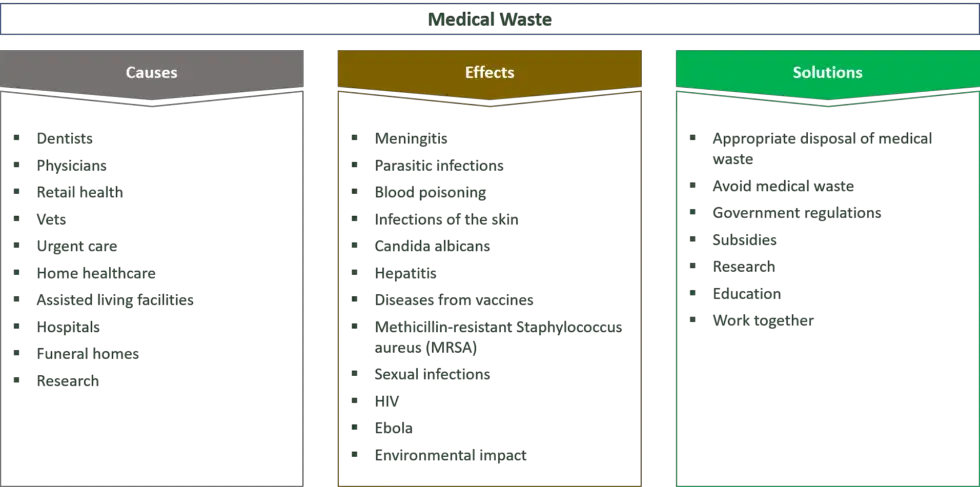 Baxter et al., Dynamics of Human Gut Microbiota and Short-Chain Fatty Acids in Response to Dietary Interventions with Three Fermentable Fibers, 2019
Baxter et al., Dynamics of Human Gut Microbiota and Short-Chain Fatty Acids in Response to Dietary Interventions with Three Fermentable Fibers, 2019  Martinez-Monteagudo, Maryam Enteshari, Lactitol: Production, Properties, and Applications, 2018
Martinez-Monteagudo, Maryam Enteshari, Lactitol: Production, Properties, and Applications, 2018 10 Foods That Cause Bloating
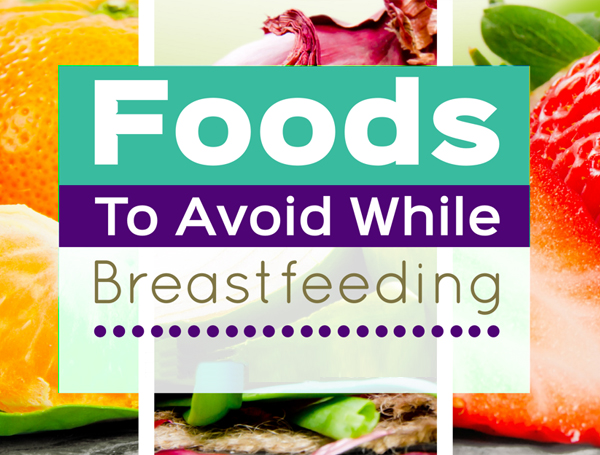
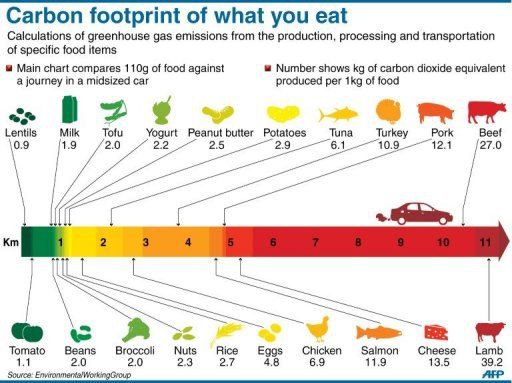
 Cruciferous vegetables
Cruciferous vegetables
